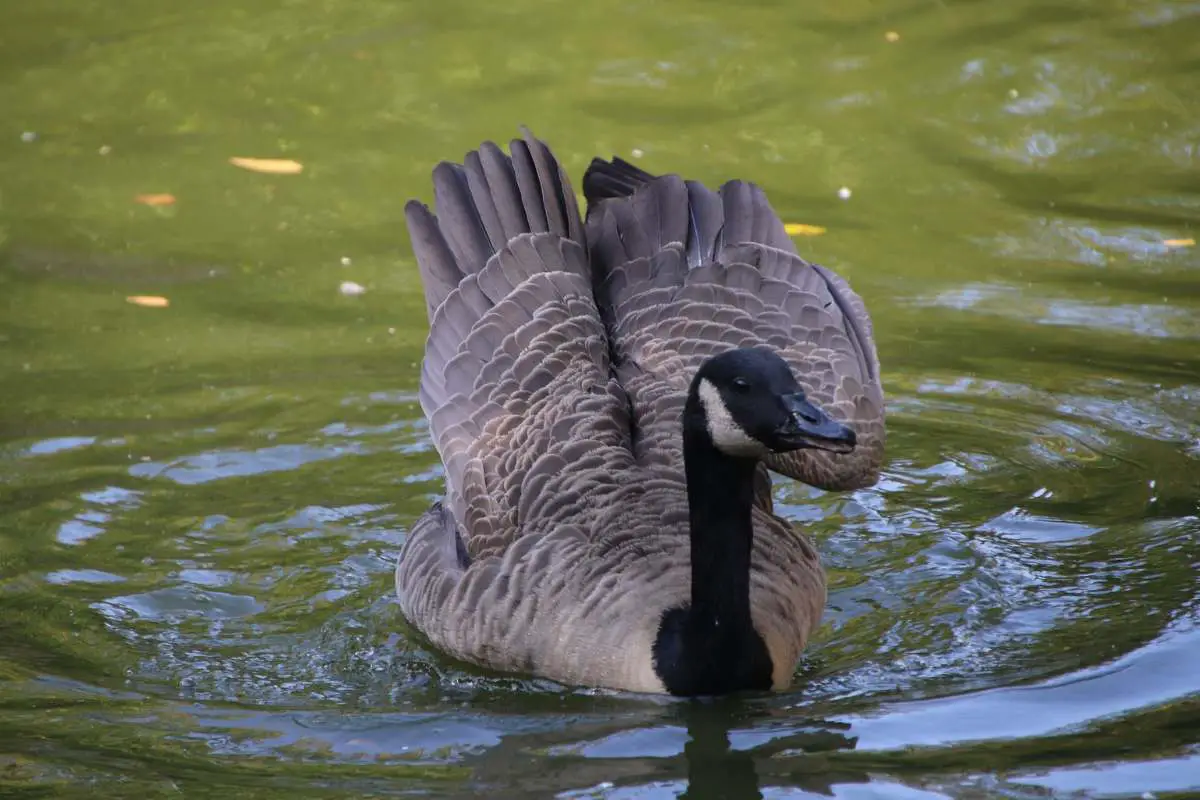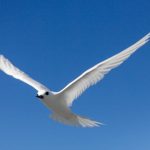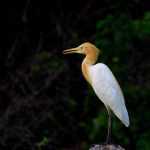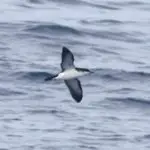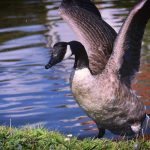Common Name: Brant
Scientific Name: Branta bernicla| Size | Diet | Range in Hawaii | Status in Hawaii |
|---|---|---|---|
| 23 in. - 27 in. | eelgrass, seaweed, and other aquatic plants | Big Islands | Least Concern |
Brant, or Branta bernicla, is not native to Hawaii. It is a migratory bird, wintering in coastal and inland wetlands in the United States, Canada, and Europe.
There are several subspecies of Brant, which differ in size, plumage, and range. Brant are known for their short, stocky build, black head and neck, and white underparts.
Brant
Appearance
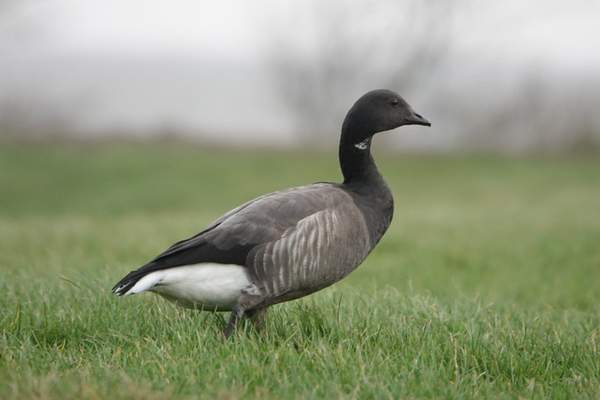
Brant are small- to medium-sized geese with a short, stocky build. They have a black head and neck, and white underparts. The rest of their plumage is typically gray or brown, with some subspecies having a brownish-black back and wings.
They have a wingspan of about 4 feet and weigh up to 4 pounds. They have a distinctive white line running along the sides of their neck and a small, triangular bill.
The length of a brant can range from about 23 to 27 inches (58 to 68 cm). The wingspan of a brant can range from about 32 to 40 inches (81 to 102 cm). Males and females are similar in size.
Diet
Brant are omnivorous birds that feed on a variety of plant and animal matter. In the winter, they mostly feed on eelgrass, seaweed, and other aquatic plants. In the summer, they also eat insects, crustaceans, and mollusks. Brant may also feed on berries and other fruit when it is available.
Behavior
Brant are social birds that often form large flocks during the winter months. They are known for their strong, direct flight and their ability to fly long distances.
They are generally found near coastlines, and they may migrate long distances between their breeding and wintering grounds. During the breeding season, brant pairs may be territorial and defend a small area around their nest. Brant typically lay a single clutch of eggs per year, and both parents help incubate the eggs and care for the young.
Nesting
Brant typically nest on the ground, close to the water. The female brant builds the nest using grass, moss, and other materials, and lines it with down feathers. The nest is usually located in a well-concealed spot, such as among tall grasses or under a bush.
They generally lay a single clutch of eggs per year, which consists of 4 to 6 eggs. Both parents help incubate the eggs, which take about 22 to 24 days to hatch. The young brant, or goslings, are precocial, meaning that they are able to walk and swim shortly after hatching.
The parents care for the goslings and lead them to food sources. The young brant fledge, or leave the nest, at about 6 to 8 weeks of age.
Habitat
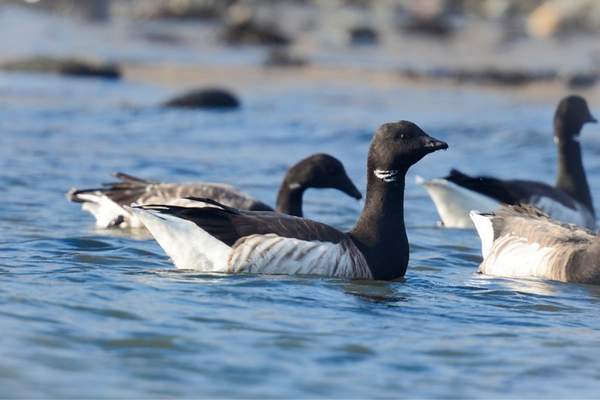
Range
Brant have been observed in Hawaii, including on the Big Island. According to eBird, a citizen science project run by the Cornell Lab of Ornithology, brant have been reported in Hawaii in small numbers and are considered rare visitors to the state.
Conservation Status
Brant are listed as a species of “Least Concern” on the International Union for Conservation of Nature’s (IUCN) Red List of Threatened Species. This means that they are not currently considered to be at risk of extinction.
Interesting Facts
1. Ability to fly long distances
They are migratory birds and travel between their breeding and wintering grounds each year. Brant have long, pointed wings and a streamlined body shape that help them fly efficiently and cover long distances.
They are also able to fly at high altitudes, which allows them to take advantage of strong winds and fly over obstacles such as mountains and bodies of water. Brant are adapted to life at sea and are able to land and take off from the water with ease.
2. They are social birds
During the winter months, brant tend to gather in large flocks. This behavior is thought to be a way for the birds to find food and protect themselves from predators.
3. The Origins of the Name ‘Brant’
4. Unique digestive system
Brant have a unique digestive system that allows them to feed on a variety of plant and animal matter. They have a gizzard, which is a muscular part of the stomach that grinds up food, and they also have a special enzyme in their digestive system that helps them break down cellulose, the main component of plant cell walls.
This enables brant to feed on a wide range of plant material, including eelgrass, seaweed, and other aquatic plants. Brant are omnivorous birds and also feed on insects, crustaceans, and mollusks.
Frequently Asked Questions
What do brant look like?
Brant are small to medium-sized sea ducks that have a distinctive appearance, with a black head and neck and a white cheek patch. They have a long, pointed bill and long, strong legs.
Do brant have any predators?
Brant may be preyed upon by a variety of animals, including gulls, foxes, and other birds of prey.
How long do brant live?
The lifespan of brant can vary, but they can live for several years in the wild.
What do brant sound like?
Brant are known to be vocal birds and may make a variety of calls and sounds, both in flight and on the ground.
How can we protect brant?
There are several ways that we can help protect brant and other bird species, including protecting their habitats, reducing pollution, and limiting our impact on the environment. It is important to conserve the habitats of all bird species in order to ensure their long-term survival.
